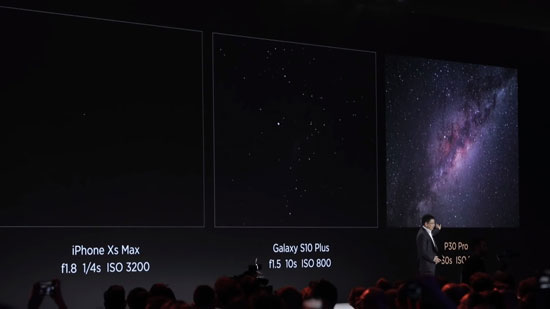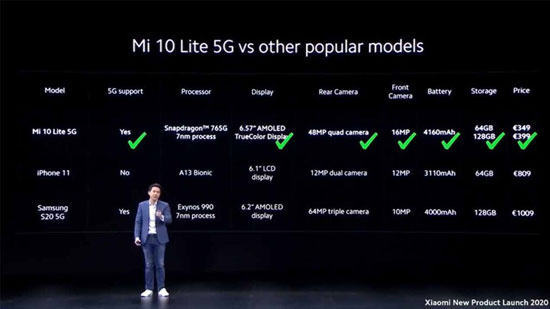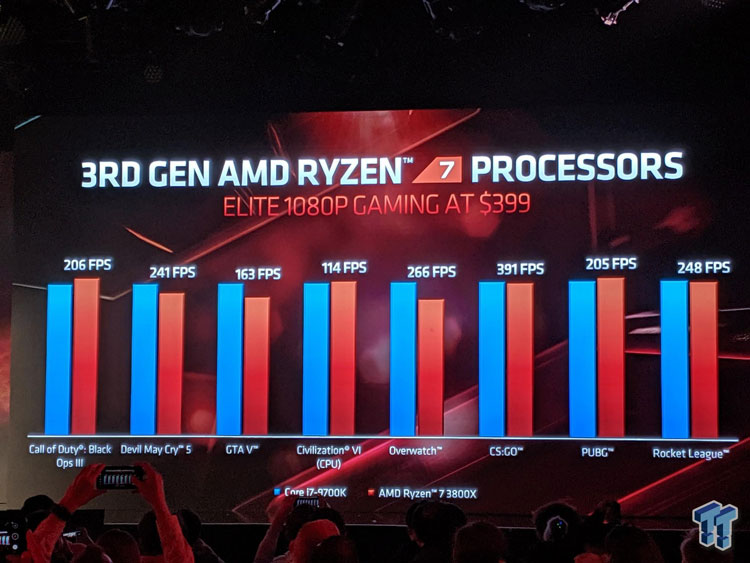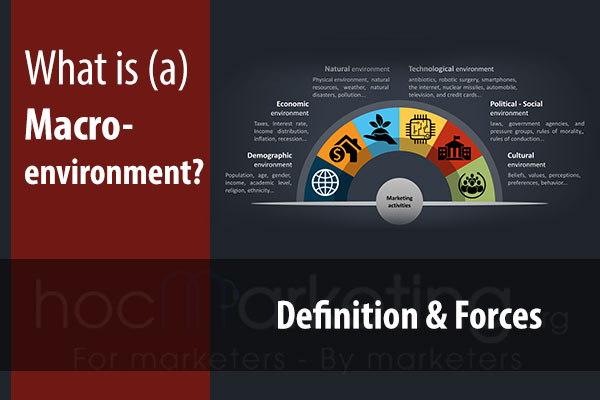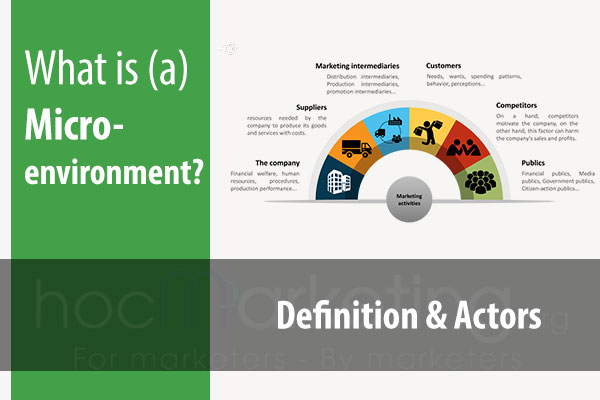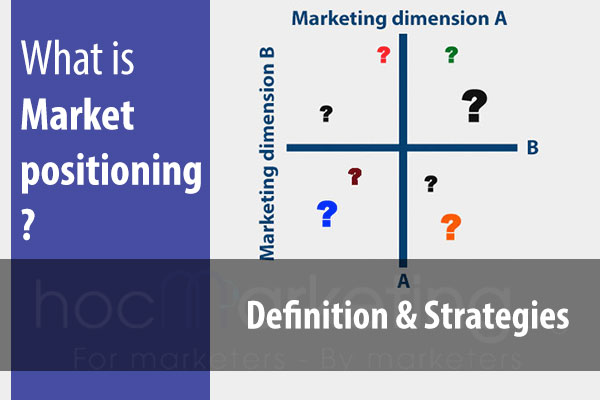
What is Benchmarking in Marketing? Major types of Benchmarking

What is Benchmarking in Marketing? Benchmarking example in practice. Analyzation of the role and downside of Benchmarking
What is Benchmarking in Marketing?
In Marketing, Benchmarking is a method of evaluating and comparing products/services of an enterprise with similar products/services of the same business or of other businesses, however, in most cases the case will be compared with products/services of the same type of leading enterprises in that field, production and business lines.
Examples:
Every year, we witness the launch events of both phone manufacturers, in which most of these companies take Apple or Samsung product lines to compare (benchmarking).
|
Huawei's benchmarking results presentation |
Xiaomi's benchmarking results presentation |
Benchmarking results between the two leading competitors in the microprocessor chip market for computers: Intel vs AMD
Major types of Benchmarking in Marketing
Benchmarking in Marketing can be classified into the following categories:
- Internal Benchmarking: Enterprise evaluates and compares products/services with 1 or more products/services produced/provided by the enterprise itself.
- External Benchmarking/Competitive Benchmarking: An enterprise evaluates and compares products/services with one or more products/services produced/provided by other businesses.
- Functional Benchmarking: A method of evaluating and comparing products/services based on factors and in-depth aspects of the product/service such as performance, features, capabilities, etc.
- Generic Benchmarking: A method of evaluating and comparing products/services based on common factors and aspects of the product/service such as functions, uses, usage methods...
The role of benchmarking
For businesses, Benchmarking helps them determine the relative distance between the quality of their products/services compared to those of their competitors, thereby making appropriate adjustments to increase the quality of products/services.
For customers and consumers, Benchmarking is a relatively reliable method to compare products/services, thereby helping customers and consumers to choose the right product/service for their needs.
The Downside of Benchmarking
Some businesses intentionally take advantage of benchmarking data, or even falsify benchmarking results to deceive customers and consumers. Although there are many types of metrics that can be used as benchmarking results for products, the most reliable metric is still user experience, customer satisfaction (CSAT).

